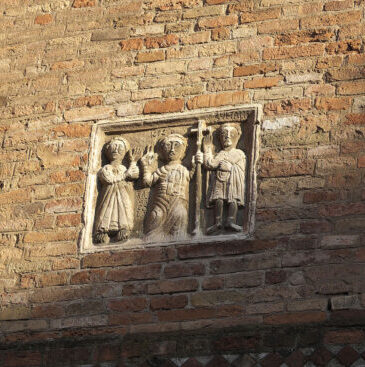Baby Age
During the 4th century BC, a big group of the Celtic tribe known as Boii, crossed the Alps came into the Po Valley, and gradually became integrated with the Etruscan population. Archeological evidence from the settlement of Felsina attests to a more or less peaceful interrelation with many tombs containing both Celtic and Etruscan artifacts. According to ancient Greek historians like Polybius, the Celts drove out the Etruscans but this cannot be confirmed by the excavations.
The name of the city did however change into the Celtic Bona (translated into “construction”) but the battles that followed found both Celts and Etruscans fighting side by side against their common enemy, the Romans (see Samnite Wars). By the end of the Samnite Wars (290 BC), the Romans had laid the foundations of their military prevalence in Italy.
Around 283 BC fearing their expulsion from their land the Boii implored the aid of the Etruscans and marched out in full force to meet the Romans. The united armies “gave battle near Lake Vadimon, and in this battle, most of the Etruscans were cut to pieces while only quite a few of the Boii escaped.” (Polybius)
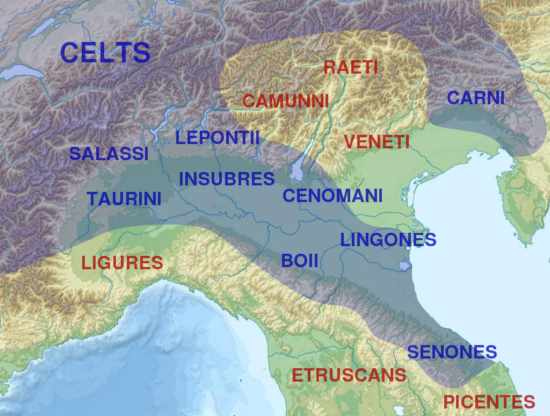

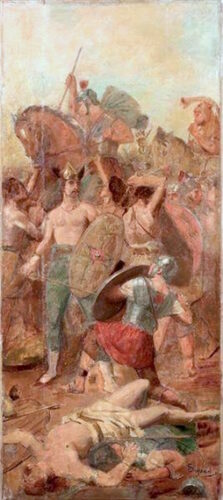
Many more wars would follow for Rome to impose its hegemony in the whole of the Italian peninsula but by the time of the establishment of the Roman colony in Bologna in 189 BC, Rome had already managed to come out victorious after the Second Punic War against its greatest rival Carthage, making it the dominant power in the Eastern Mediterranean.
The Via Aemilia, constructed by the Romans in 187 BC connected the Roman Colonia of Bononia with the other towns of the Po Valley. At the two extremes of the city, to the east and the west, two main axes branched off that led to the major centers of the region and trans-Padane and trans-Apennine destinations.
These connections increased the value of Bononia as an important crossroads and the population quickly skyrocketed to more than twenty thousand. A city with paved roads, aqueducts, public buildings, a large theatre, and thermae. At the time of Emperor Augustus, Bononia was rebuilt and embellished, and at the time of Emperor Nero major building works were funded necessary after a massive fire in 53 AD.
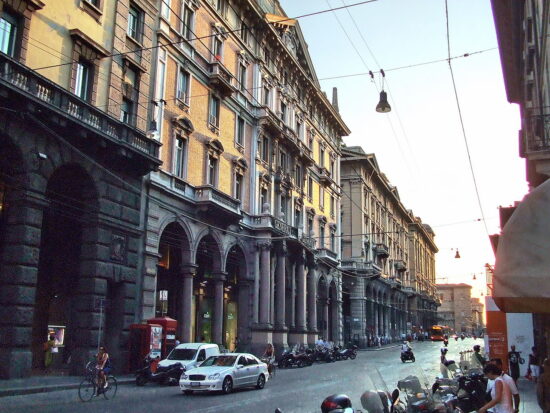
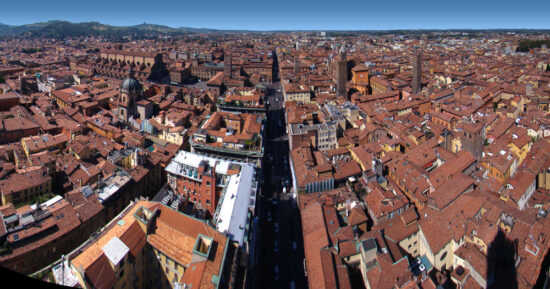
Christianity was officially established in Bononia in the third century when the first Christian diocese is recorded. As in most cities, the new religion had spread way before the diocese was established although, in the first and second century AD, Christianity was mostly prevalent in the regions where Greek, Jewish or Syrian populations were also present, mostly in the south and central Italy.
In 304 AD the city witnessed the execution of its first martyr Saints Vitalis and Agricola. Agricola was a Christian citizen of Bologna who had converted his slave, Vitalis, to Christianity. The latter was first to suffer martyrdom, in the amphitheater of the city with Agricola being tortured after him but refusing to give up his religion. The two martyrs are still venerated as saints by the whole of Christianity. The Church dei Santi Vitale e Agricola in Arena is believed to have been built sometime before the year 393, over the remains of the amphitheater where their death took place.


